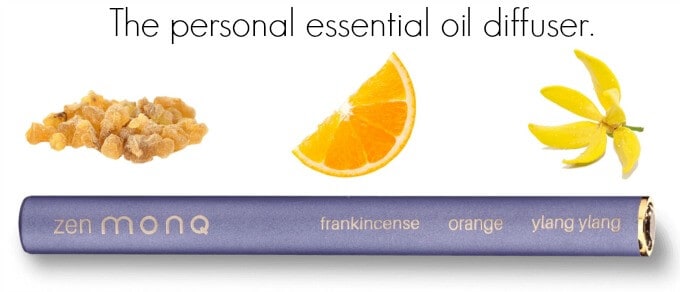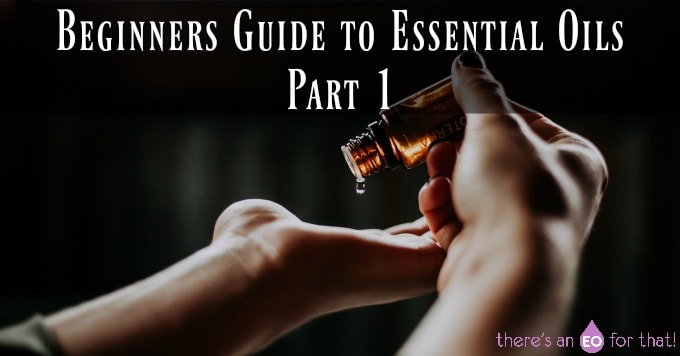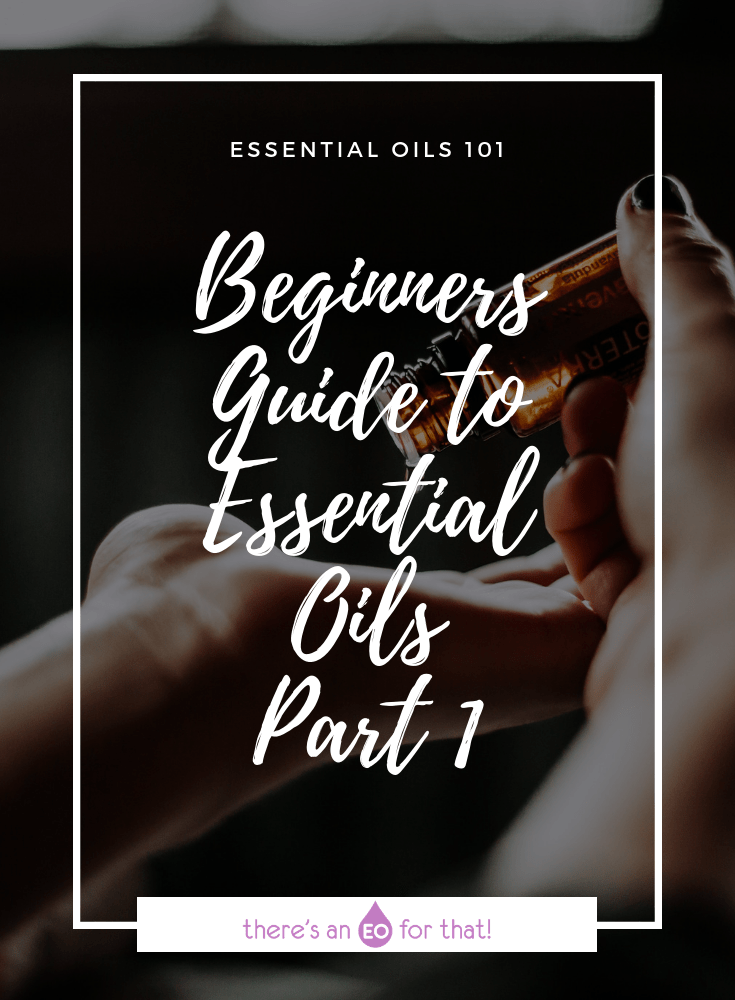Essential oils have been used for thousands of years for countless therapeutic and energetic applications. It is said that the Egyptians were the first to use them in their medical practices, rituals, beauty recipes, and even preservation ceremonies for those journeying into the afterlife. Some essential oils were deemed so valuable they were considered a form of currency and often exchanged for precious metals and rare spices.
The Greeks and Romans quickly caught onto the allure of essential oils and began including them in various therapeutic applications, the most notable of which is aromatherapy. Soon physicians across the land – Chinese practitioners, Ayurvedic shaman, and Persian doctors began refining, further purifying, and developing more concentrated essential oils from all manner of aromatic leaves, barks, flowers, resins, and seeds. Ever since, essential oils have been used throughout history to battle various plagues and illnesses, anoint brows and holy relics, and to promote holistic health and well-being.
During the middle ages after the decline of the Roman Empire, much of the knowledge on aromatics was lost. In fact, during this time the level of civilization declined so much it was considered dishonest to bathe. It was a time of great superstition in medieval Europe and many who expressed knowledge of herbs and their uses were tried for witchcraft and burned at the stake. It wasn’t until the black plague, a time when humanity in Europe was at its foulest, that people began recognizing aromatic plants as powerful germicides. But even then they only burned aromatic woods in great bonfires in the streets, hung herbs in the window, and sprinkled infused vinegar on the floors to ward of disease. For a time, the once commonplace use of essential oils was lost.
In 1937, essential oils were rediscovered by French Chemist Rene-Maurice Gattefosse who was badly burnt during one of his lab experiments. He plunged his hand in a vat of lavender essential oil without thinking and was astounded by its healing effects. He later became the leading expert of his time in the development of what we know today as aromatherapy. The rest, as they say, is history.
Essential Oil Basics – The Beginners Guide to Essential Oils
To start our beginner’s guide to essential oils, we’ll start with the basics!
Essential oils are powerful medicine, and the good news is you don’t need to have years of experience in aromatherapy and herbalism to know that nature has provided such amazing psychological and physical therapeutic benefits right at your fingertips. You could even call essential oils miraculous considering some the healing that has taken place under their influence, even with just a few basic oils on hand.
Today, there are well over 300 essential oils in use by professional practitioners, each with its own centuries confirmed a practical application. That may seem extreme but don’t worry! You certainly don’t need 300 essential oils in your medicine cabinet to reap their benefits. A nice collection of the 10 most basic essential oils will do the trick for most things, though I must admit, I’ve got an extensive collection myself (easily over 100 different oils!). They’re just so awesome I can’t help myself!
So What Exactly are Essential Oils?
Essential oils are the pure highly concentrated, volatile, aromatic essences of trees, shrubs, herbs, seeds, grasses, resins, and flowers. They can be clear, amber, yellow, green, pink, and even dark blue in color (like yarrow) and range from very runny like water to almost solid in consistency (like vetiver).
Each essential oil comes from specific parts of the plant they come from too.
For Example:
- Myrrh, Frankincense, and Benzoin come from the tree’s resin
- Lemon, Lime, Sweet Orange, Grapefruit, and Bergamot come from the peels of the fruit
- Cinnamon and Cedarwood come from the bark of the tree
- Ginger and Vetiver both come from the root
- Bay and Eucalyptus come from the tree’s leaves
- Rose comes from the flower petals
- Cumin and cardamom comes from the seeds or pods
- Balsam fir and Cypress comes from the needles and twigs
On average, each essential oil contains over 100 therapeutic components with more being discovered every day. These components even change amongst the same species of plant.
Take lavender, for example, you can grow the same exact type of lavender plant on the slopes in France and one in your backyard and both plants will have similar yet different properties. This is because the soil, climate, altitude, and many other factors will be different even if plants are planted in the same garden, therefore producing a very different oil with its own unique properties and constituents. This is a major factor in determining the price of essential oils just in case you were wondering one lavender essential oils costs more or less than another.
How Essential Oils are Made
Essential oils are extracted by many different methods like solvent extraction, expression (exclusive for citrus essential oils), maceration, and enfleurage, but most commonly by steam distillation in large copper kettles.
Making an essential oil takes a lot of work and in some cases, tons and tons of plant material to make even just a tiny amount of essential oil.
For instance:
- To make just 1oz of rose essential oil, you would need 60,000 roses
- To make almost 1 gallon of lavender essential oil, you would need about 220 of lavender flowers
- For some oils like Sandalwood and Jasmine, you need to have precise timing. Jasmine must be picked as soon as the flowers open, and sandalwood must be 30 years old before a high-quality oil can be harvested
Crazy isn’t it? It’s no wonder that some of the most luxurious essential oils out there are so expensive (have you imagined purchasing 60,000 roses? I sure haven’t!)! You literally need huge truckloads of plant material, have to race with the rising of the sun, or have to wait many years before essential oils can be made. Sometimes the plants themselves are just rare, to begin with like Indian Sandalwood and are hard to find; another factor that affects pricing and each distiller’s quality of standards.
All in all, essential oils are precious, powerfully potent allies to have at hand and I highly recommend you start looking into them, I guarantee you won’t be disappointed!
 This post contains affiliate links. We are a participant in the Amazon Services LLC Associates Program, an affiliate advertising program designed to provide a means for us to earn fees by linking to Amazon.com and affiliated sites. Please read my full disclosure and disclaimer.
This post contains affiliate links. We are a participant in the Amazon Services LLC Associates Program, an affiliate advertising program designed to provide a means for us to earn fees by linking to Amazon.com and affiliated sites. Please read my full disclosure and disclaimer. 


You have a great wealth of information! Thank you so much!
I’ve already subscribed, I wouldn’t want to miss anything.
Hy there glad to have these useful information from you thank you so much.Just need to ask you that which essential oil is good for athrytus.
Hi Asma!
Check out this article 🙂
Just a quick correction on your post, which is great, with the exception of one Dr.René-Maurice Gattefossé . I quote below a post from Robert Tisserand:
“It’s remarkable how the mythical aspects of the tale have continued, long after the publication in English, in 1993, of his 1937 book Aromathérapie (by the way, this was the first appearance of the word “aromatherapy” in print). Yes, he burned his hand in his laboratory and yes, he treated it with lavender oil, but this was not a eureka-like, lucky-chance moment. It would be great if it was true. Translated from French, this is Gattefossé’s own description of the incident, and this is all he has to say about it”:
“The external application of small quantities of essences rapidly stops the spread of gangrenous sores. In my personal experience, after a laboratory explosion covered me with burning substances which I extinguished by rolling on a grassy lawn, both my hands were covered with a rapidly developing gas gangrene. Just one rinse with lavender essence stopped “the gasification of the tissue”. This treatment was followed by profuse sweating, and healing began the next day (July 1910).”
I looove to follow you. Seems like you do a ton of homework. I happened on this piece and thought you might want to know.
Thanks Vanessa! It’s great that you came across this! I had always wondered why Gattefosse “just happened to have” a vat of lavender essential oil in his lab, well this explains it 🙂 Thank you for following! It means so much <3
Did you know that when the Great Temple was standing in Jerusalem incense was burned daily and the smell carried to all parts of the city. Amoung the 11 spices where frankencense and myrrh and cinnamon and saffron and cassia. It is said that if a bit of honey had been added to the mixture no one could have resisted the scent. Just imagine smelling this all day instead of polution.
Sounds like a DREAM! 😀